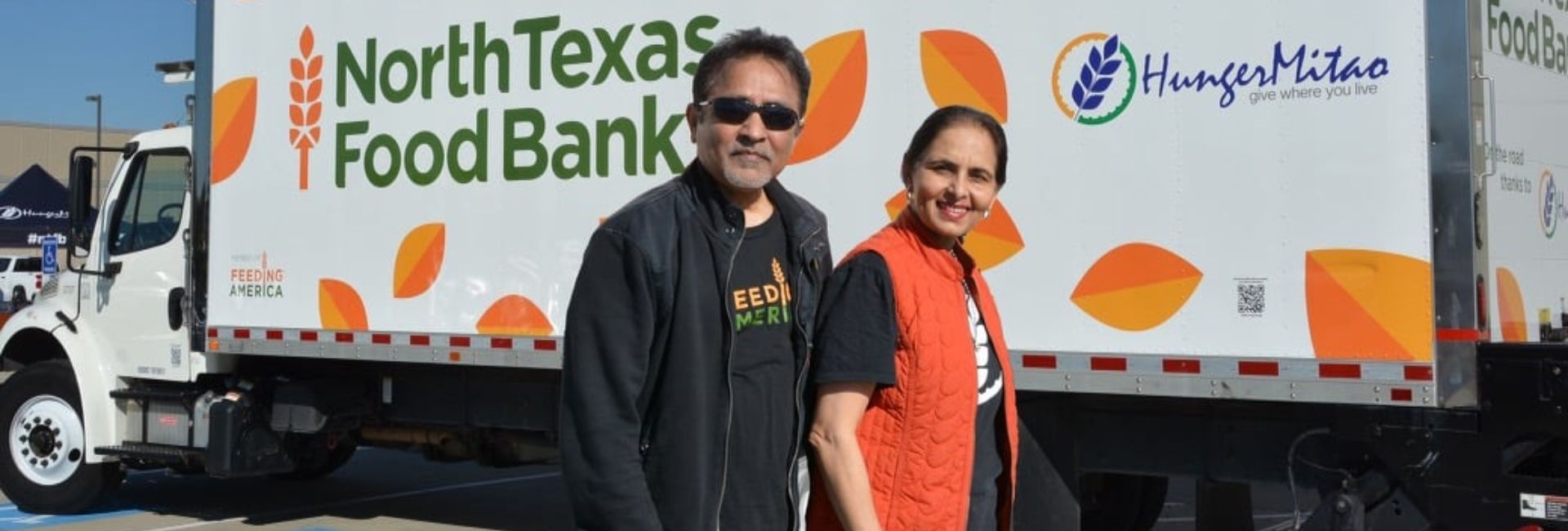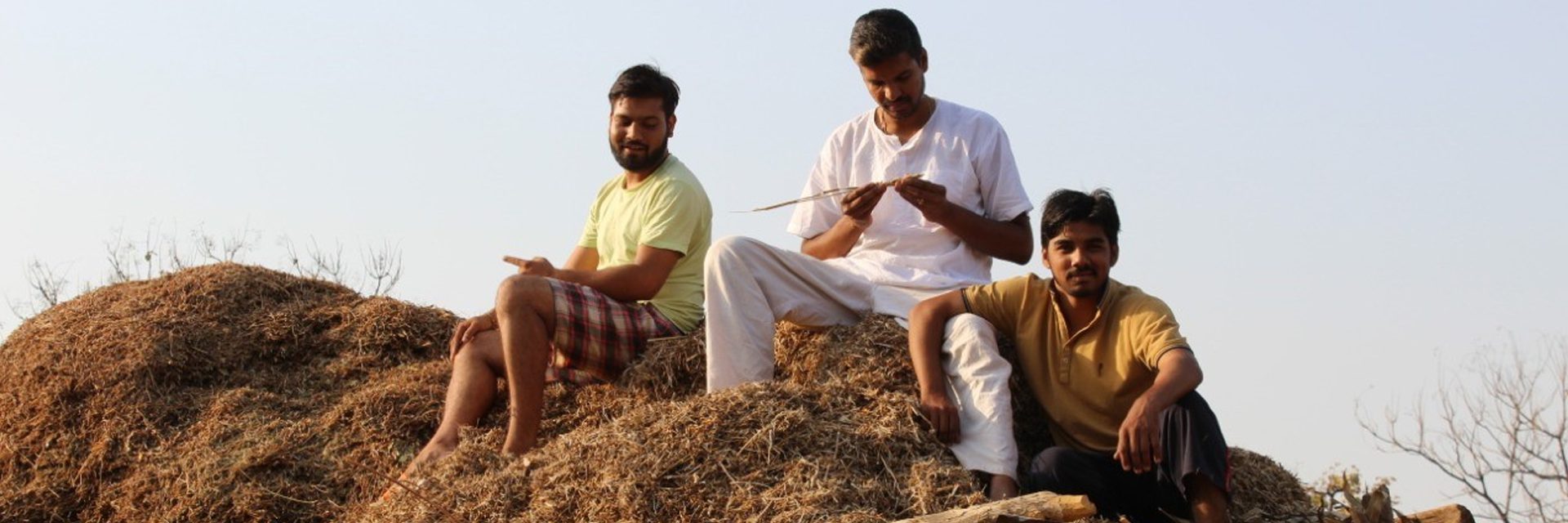(August 27, 2023) “Over 34 million people, including 9 million children, in the US are food insecure.” A number that Raj Asava was oblivious to before meeting the Mayor of Plano one balmy afternoon in 2015. Having lived in the suburbs of the US for decades, Raj and his wife Aradhana (Anna) Asava had only seen affluence and had no idea about the shocking reality of hunger in their neighborhoods and across the country. “We live in North Texas and almost a million people there struggled with food insecurity. We were shocked,” Raj tells Global Indian. This prompted the Indian American couple to start HungerMitao, a movement to activate and mobilise the Indian community in helping fight the hunger crisis in the US. In six years, the Indian community has galvanized around this cause and made possible more than 55 million meals for Food Banks across the country through Feeding America and HungerMitao’s seven chapters in Houston, New York, Tarrant Area, Atlanta, Seattle and Detroit, with two upcoming chapters in San Jose and Austin.
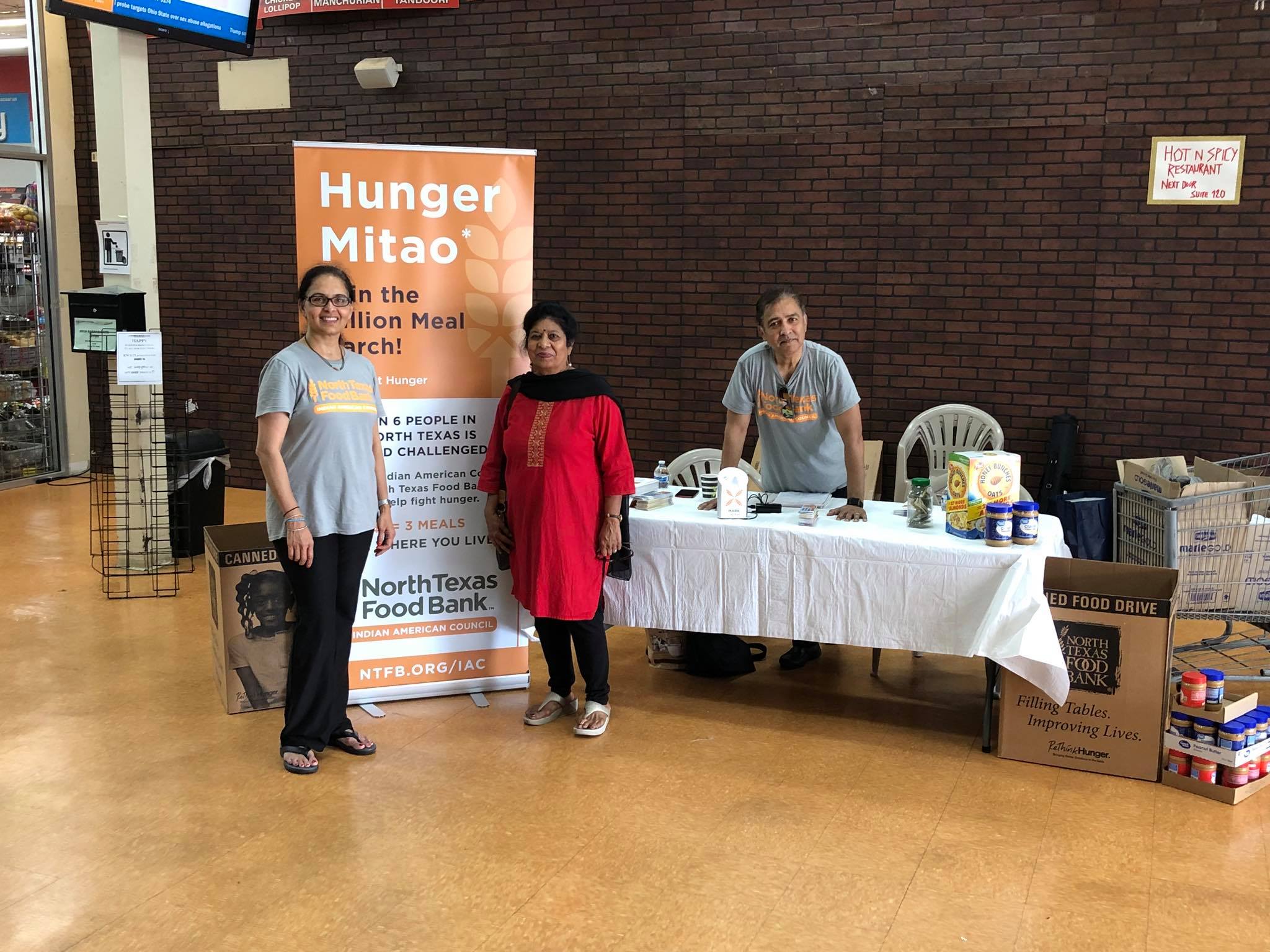
Hyderabad to US on a one-way ticket
Born in Hyderabad, Raj was in his late teens when his father got him a ticket to the US in the 70s. ” My dad believed in the importance of education. He made sure that all eight of his children had global exposure. During those formative years, along with instilling the Indian values and culture, we were exposed to the English American influence. So, when the opportunity presented itself to move to the US, it was a seamless transition.” However, Raj calls it a “turning point” as leaving behind his family at a young age was a tough call. But within the first few years, he felt right at home in the US.
Interestingly, Raj’s father had sent him to the US on a fly-now-pay-later ticket. “Immigrants come here with a few dollars in hand, I came with a debt,” laughs Raj, who worked as a dishwasher in a hospital for two years to pay off his debt. Now free to pursue education, he joined the local community college in their computer program and then the Central Michigan University for his Bachelor of Science in Industrial Management. But it was computers that intrigued him. Over the years, he invested himself in the world of Information Technology (IT) and made a successful career. In 1981, he first met Aradhana in India, and within a few months, the two tied the knot.
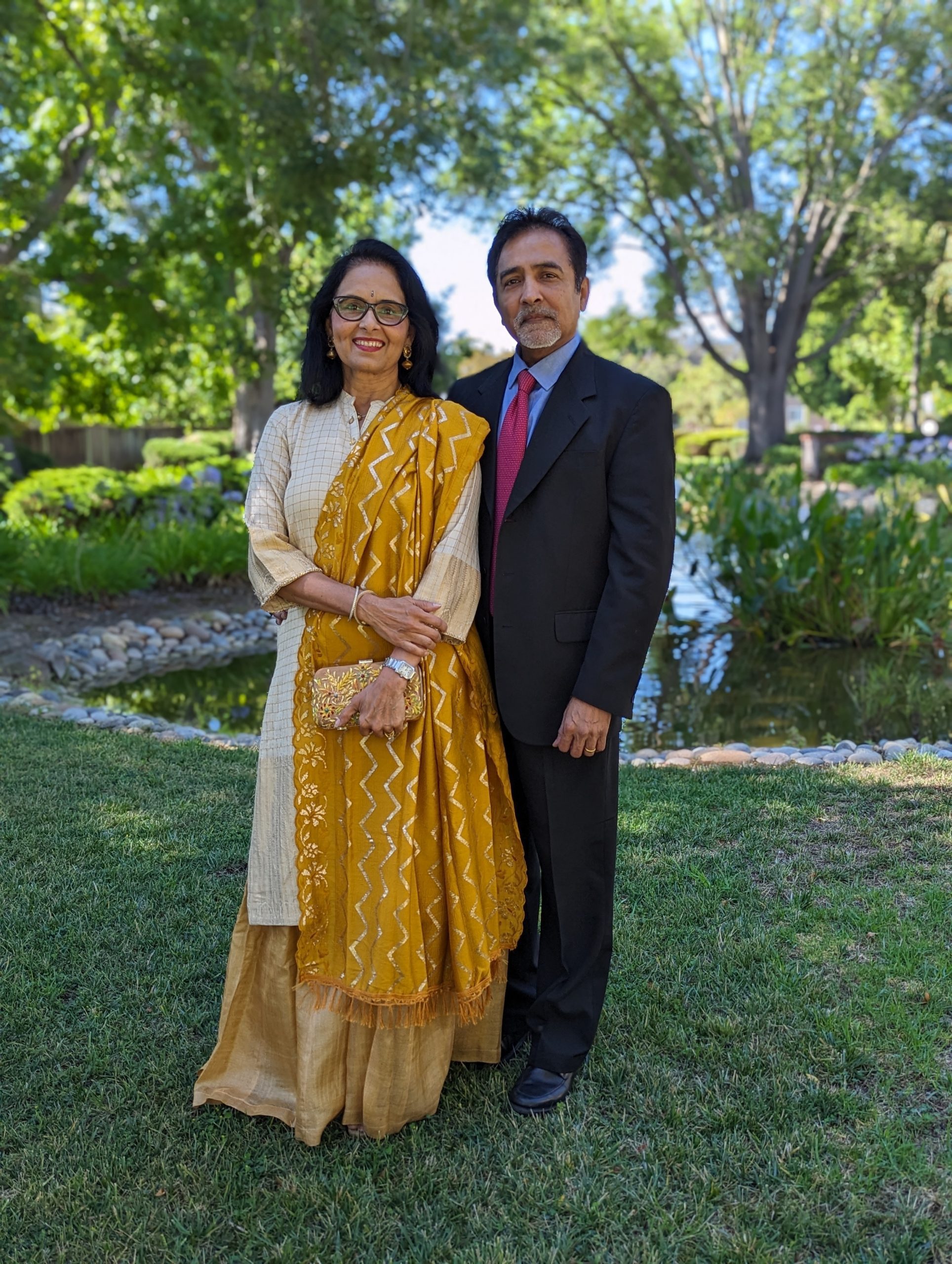
Aradhana and Raj Asava
Resetting priorities – Time to give back
Both originally from Rajasthan, Raj and Anna grew up in South India. Anna relocated to America after their wedding in 1982, a transition she calls “seamless” as some of her family lived there. A graduate in English Literature, Anna joined the workforce after her youngest son started school full-time. After their sons’ graduation, the empty nesters were keen to give back. “We firmly believe in the philosophy that life is best lived in three stages – learning, earning and returning,” says Raj, adding, “At some point we wanted to indulge in purposeful giving back rather than just accumulating wealth.” For decades, Raj and Anna had been involved with charities back home. But after Anna quit the corporate world in 2009, the two wondered whether in the race to add more to their bank accounts, they were “losing out on the time account.” In 2010, they reset their priorities, and Raj also left corporate America. “We wanted to do more than just cheque writing. We wanted to be deeply engaged in philanthropy” says Anna.
The opportunity came in 2015 when Raj, during one of his quarterly meetings with the Mayor of Plano, was asked to support the backpack program. Initially mistaking it for a marketing gimmick, Raj was corrected by the mayor who told him that “it’s a backpack filled with enough food for a child to last a weekend.” He assumed it was a program for children living in the impoverished areas but was surprised to learn that it was a common practice among the affluent schools too. “One in four students leaves school on Friday only to have the next full meal on Monday.” Upon returning home, when he told Aradhana about the situation, she thought he must have misunderstood. “Where is hunger, I only see affluence around us,” she remarked. But when they invited the Food Bank leader and a few community friends to their home to get clarity; the stats and data left everyone shocked. The couple couldn’t sleep that night. They came up with a plan to understand the gravity of the hunger issue and find a possible solution. Their next two years went into volunteering and understanding the problem. One thing that struck them was the lack of participation of the Indian community in volunteering at the Food Bank. It dawned upon them that just like them, there were others who could be equally oblivious to the hunger issue in the US.

The emergence of HungerMitao movement
“By then, we were clear that we don’t want to start anything new because the problem is so pervasive. The Food Bank is doing a tremendous job and it will be here even after us. Moreover, the food it provides is nutritious. So, it made best sense to put our resources behind something so efficient,” says Anna. The couple reached out to the CEO of the North Texas Food Bank in August 2017 with a proposition and a $100,000 cheque. “We were willing to give three years of our lives to raising awareness within the Indian community about the hunger issue in North Texas and across the US,” reveals Raj. “We are four million strong and the most affluent among all immigrant communities in America.” Anna chimes in, “We wanted to activate the Indian community.” Their proposition was well received. A month later in September 2017, HungerMitao kickstarted, which Raj calls a “pure movement to raise awareness among the Indian community about the hunger issue and get them involved in various capacities.”
To spread the word, Raj and Anna invited their Indian friends for a launch party, along with the promise of enabling one million meals by the community. “If we don’t integrate and engage in the pains of the US, we will always be considered foreigners,” says Anna. The next seven months were spent conducting over 100 awareness sessions across the US. “In seven months, we were able to cross the 1 million-meal mark, “says a proud Raj, who is quick to add that all funds and donations are made by donors directly to the Food Bank. HungerMitao is primarily an enabler. “When it comes to empathy, compassion and giving back, Indians are second to none, and we have proved that with HungerMitao.”
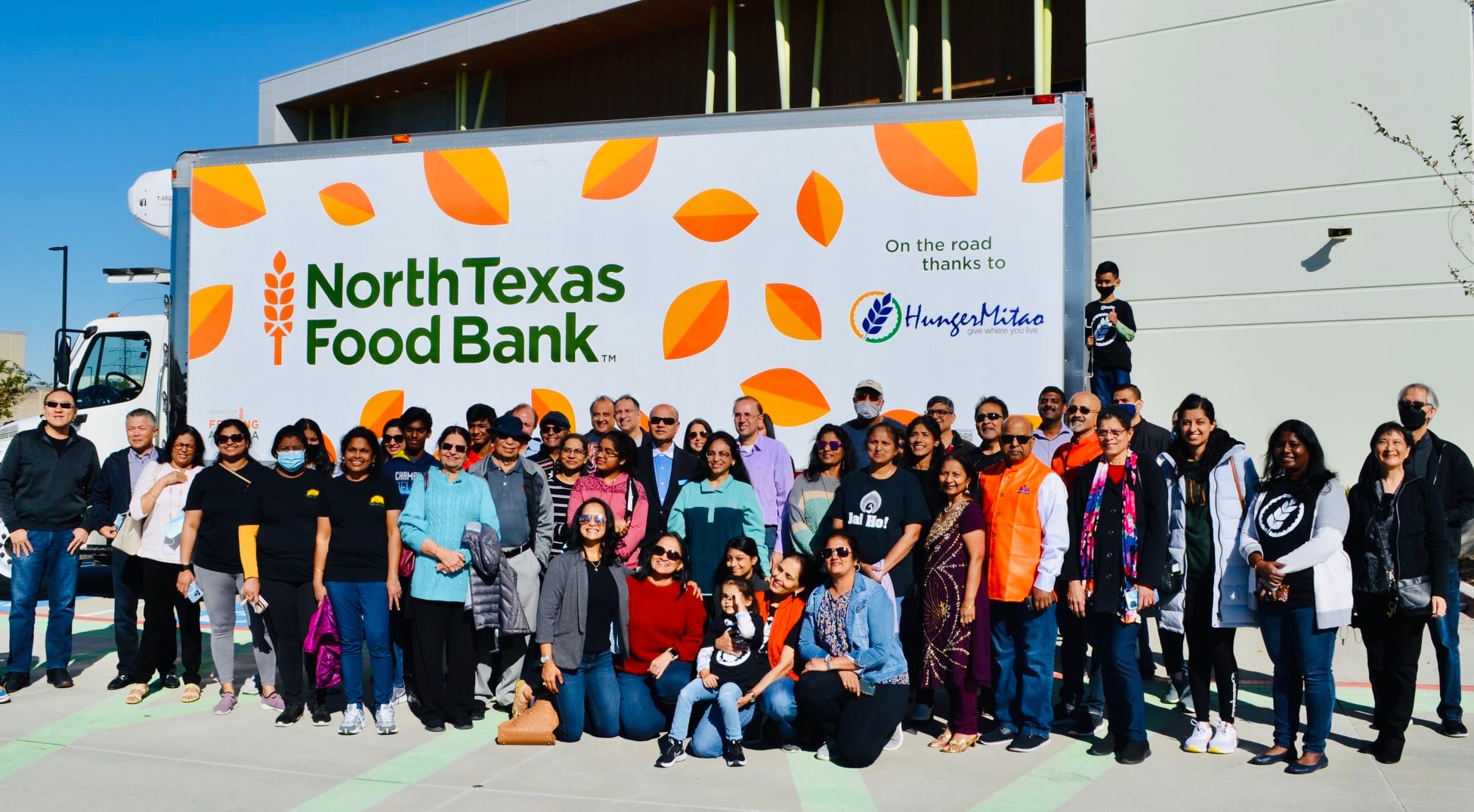
Sharing the importance of the movement, Anna says that it has unified the Indian community in the fight against hunger and amplified the collective impact. People now recognize the efforts of the Indian community. With HungerMitao, Raj and Anna have brought forth the Indian Americans that no longer want to be anonymous but seen as a community that’s giving back.
Spreading across US and its communities
When HungerMitao started six years ago, Raj and Anna wanted a model that could be easily replicated by other communities, and it happened in the heart of the pandemic when the Chinese community became victims of hatred in the US, owing to the virus. They reached out to HungerMitao asking for help in replicating the model, so their image perception was improved. “We shared our entire model with them. What took us years to plan, organise and execute, we had up and running for them in two months,” says Raj. The Chinese version of HungerMitao, Nihao, is operational in North Texas and has already raised over a million meals. In 2022, the Hispanic community followed suit and launched SinHambre, wherein Raj and Anna helped them with all the contacts, tools and templates. The kind of impact that HungerMitao has made in the last few years is incomparable, and Raj says that now it has gone beyond Indian community, “it’s now for humanity.”
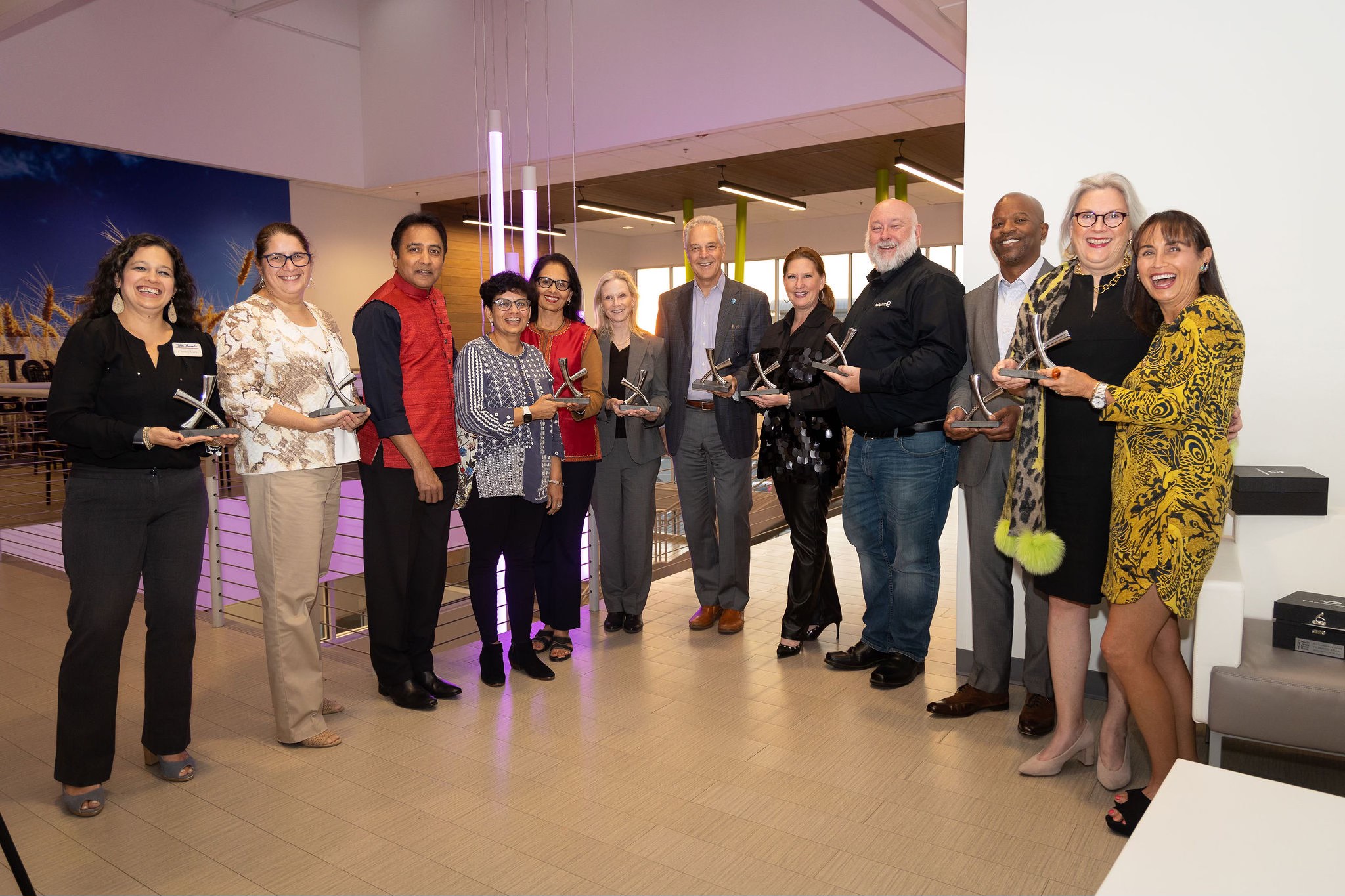
Raj and Aradhana Asava at the 2022 Golden Forks Award.
The couple, who found their calling in 2015, says, “We didn’t go looking for a cause, but the cause found us.” In the years of their partnership in HungerMitao, the two have been each other’s sounding board. At the start, it was just Raj and Anna, but over time, they formed a strong steering committee. “We also engage the community in a three-year commitment with the Food Bank. The steering committee also reaches out to their networks and engages more people.” From radio shows to food drives to musical concerts, HungerMitao is using every channel to spread awareness. “The community is stepping up and owning HungerMitao. Even the youth understand the issue and participate in the movement. They are asking the right questions and doing everything to help create awareness,” says Raj, who is happy to share the model and make it possible in other parts of the world, starting with India. “We are open to take this forward with people who might be interested in starting this even in a single state of India, and then scaling it across the country,” adds the philanthropist.
Raj and Anna, who call themselves Bollywood buffs, never thought that HungerMitao would reach such heights. “Our goal was simply to spread the word. We are here today on the shoulders of less than1 percent of Indians in America who have enabled more than 55 million meals. Imagine if just 10 percent of us get involved in a sustained manner, we can make billions of meals possible,” Raj signs off.
Read a similar story of Priyanka Senthil, creating lasting change.

